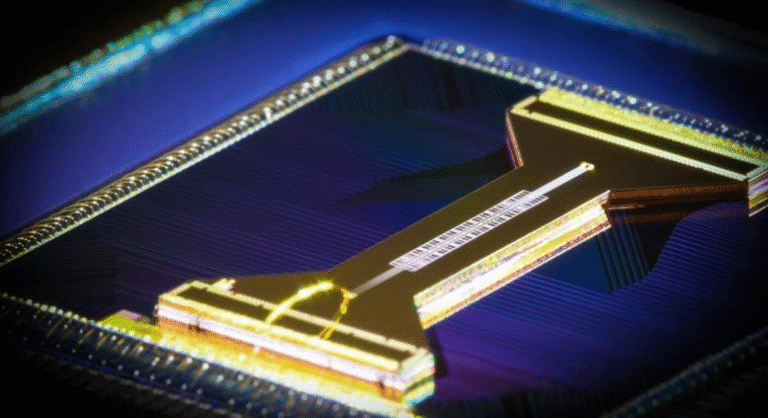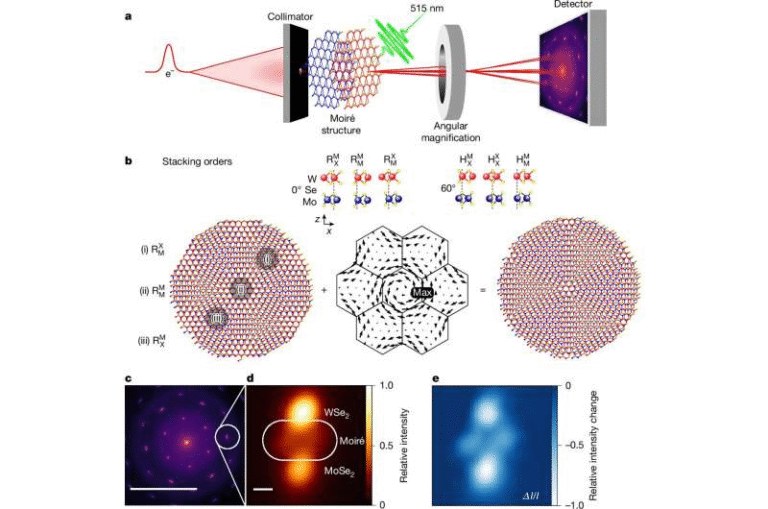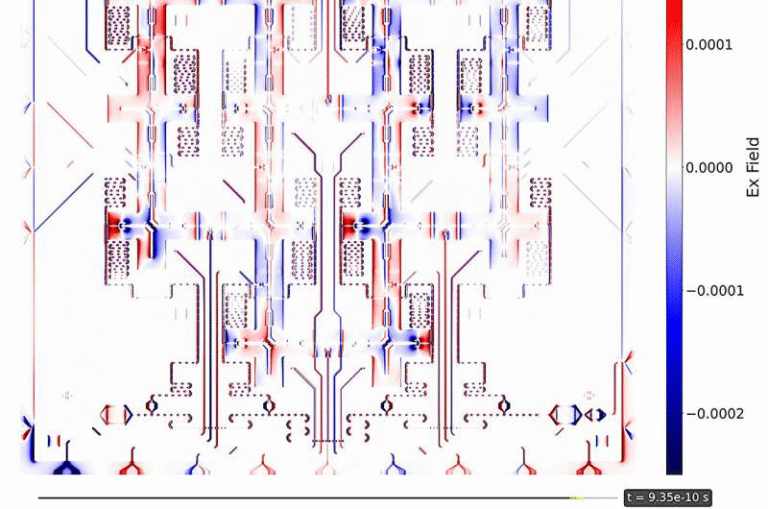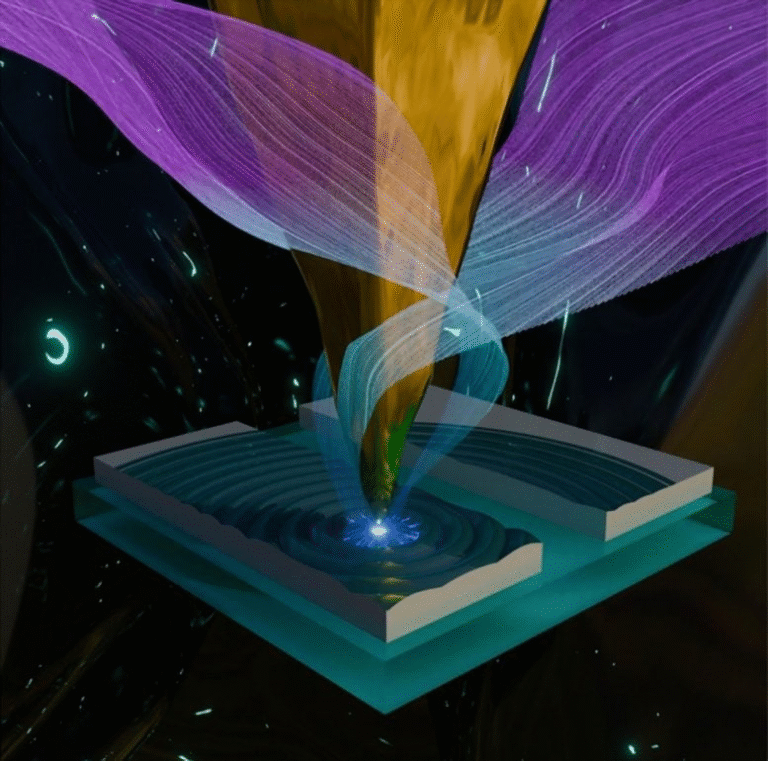MIT Scientists Uncover Strong Evidence of Unconventional Superconductivity in Magic-Angle Twisted Trilayer Graphene
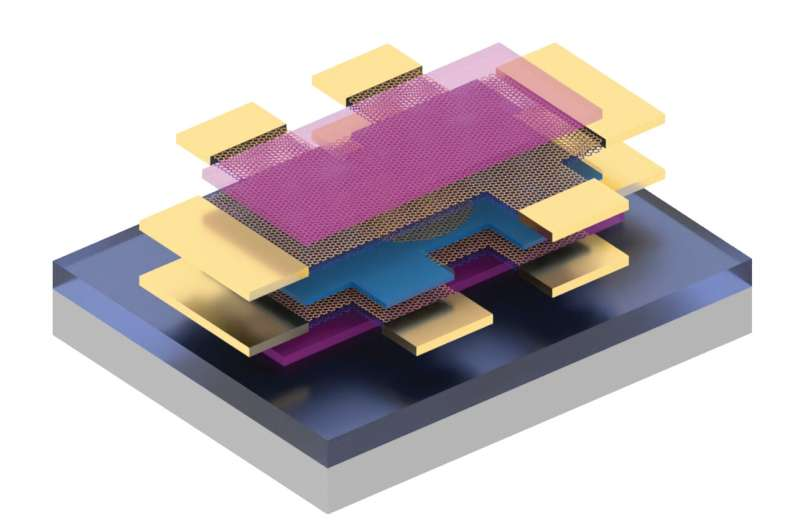
Researchers at MIT have reported a major step forward in understanding superconductivity in magic-angle twisted trilayer graphene (MATTG), a material built by stacking three ultra-thin graphene layers at a very specific angle. Their new study offers the clearest evidence so far that this material behaves as an unconventional superconductor, a category that could eventually pave the way toward technologies like room-temperature superconductors, ultra-efficient power grids, and practical quantum computers.
This breakthrough, published in Science, centers on the team’s ability to directly measure the superconducting gap in MATTG — a core property that reveals how strongly electrons pair up when the material becomes superconducting. Earlier studies had hinted at unconventional behavior in similar graphene-based systems, but this is the first experiment to directly observe a gap with properties dramatically different from those found in conventional superconductors.
What the MIT Team Discovered
Superconductivity depends on electrons forming Cooper pairs, allowing electrical current to flow without any resistance. In conventional superconductors, these pairs form via interactions with lattice vibrations, and the resulting superconducting gap has a well-known, smooth, U-shaped structure when measured using tunneling spectroscopy.
But in MATTG, the MIT researchers detected a V-shaped superconducting gap, a hallmark of nodal superconductivity — a type of unconventional pairing mechanism seen in exotic materials like high-temperature cuprates. This shape suggests that electrons pair in a fundamentally different way in MATTG, likely driven by strong electron-electron interactions rather than lattice vibrations.
Even more compelling, the team found two distinct gaps in their measurements:
- A low-energy superconducting gap that appears only when the material has zero electrical resistance.
- A higher-energy pseudogap-like feature, which persists even after the superconducting state disappears under increased temperature or magnetic field.
This double-gap structure reinforces the idea that MATTG hosts a rich landscape of correlated electronic phases.
How They Measured the Gap
One of the biggest achievements in this study is the development of a new experimental platform that combines:
- Tunneling spectroscopy (to probe the shape of the superconducting gap)
- Electrical transport measurement (to confirm actual superconductivity through zero resistance)
By integrating both techniques into a single device, the researchers were able to eliminate a longstanding ambiguity: in past studies, tunneling features could be mistaken for other correlated states. Here, the superconducting gap appeared only when the transport signal confirmed a superconducting state. This provided a clear and direct link that earlier graphene studies lacked.
The team used controlled electron tunneling between graphene layers to capture the superconducting gap in real time and tracked how it changed with temperature and magnetic field. The V-shaped profile persisted across these tests, firmly supporting unconventional pairing.
Why MATTG Matters
Graphene — a single layer of carbon atoms arranged in a honeycomb lattice — has been the basis of a decade-long exploration into incredibly tunable electronic materials. Around 2018, it was discovered that stacking two graphene layers at a so-called magic angle (~1.1 degrees) produces a moiré superlattice with nearly flat bands, enabling exotic behavior like correlated insulators and superconductivity. This launched the field of twistronics.
MATTG extends this idea using three layers, which produces an even more intricate electronic structure with stronger interactions. Earlier studies showed unusual signals suggesting unconventional superconductivity, but these were indirect. With this new work, researchers now have direct evidence.
What Makes This Superconductivity “Unconventional”?
The findings point toward several unconventional traits:
- V-shaped gap, unlike the U-shaped gap in conventional superconductors
- Persistence of a pseudogap, showing correlated behavior beyond superconductivity
- Strong electron-electron interactions as the likely pairing mechanism
- Gap evolution consistent with theoretical expectations for nodal superconductors
- Distinct behavior under temperature and magnetic field, including a linear suppression characteristic of unconventional systems
These factors indicate that MATTG may share traits with high-temperature superconductors such as cuprates, which also exhibit nodal gaps and pseudogap phases.
The Potential Behind Unconventional Superconductors
Scientists study unconventional superconductors because they hold promise for higher superconducting temperatures, potentially reaching levels usable without extreme cooling systems. Current superconductors require near-absolute-zero temperatures, limiting real-world applications to specialized fields like MRI machines or particle accelerators.
A better understanding of unconventional pairing mechanisms could help researchers design superconductors that operate at much higher temperatures, possibly even at or near room temperature — a long-sought milestone in physics.
Room-temperature superconductivity would revolutionize:
- Power transmission
- Magnetically levitated transportation
- Ultra-efficient electronics
- Quantum computing platforms
- Medical imaging
- High-field scientific instruments
MATTG isn’t a room-temperature superconductor, but uncovering its unconventional behavior brings the scientific community a step closer to decoding the mechanisms that might enable one.
More About Twistronics and Moiré Superlattices
To provide broader context: twistronics is a rapidly emerging field where researchers explore how twisting two-dimensional materials at precise angles creates new quantum states. The twist forms a moiré pattern, altering how electrons move and interact.
Important features include:
- Flat electronic bands, which slow down electrons and amplify interactions
- Correlated insulating states, where electrons organize into patterns due to repulsion
- Superconductivity, which arises in a narrow range of electron fillings
- High tunability, since small changes in gate voltage, twist angle, or pressure can modify the system
Moiré materials include not only graphene but also heterostructures built from transition-metal dichalcogenides (TMDs), opening an entire design space for quantum materials.
The Significance of the New Platform
Beyond the discovery itself, the experimental technique developed by the MIT team may become a new standard for studying low-dimensional superconductors. It allows:
- Real-time mapping of superconducting gaps
- Side-by-side verification of zero resistance
- Precise tracking of changes under external tuning
- Application to numerous other 2D materials
This could accelerate progress in identifying which moiré systems host the most promising superconducting phases.
What Comes Next
The researchers plan to use their platform to explore:
- Other twist configurations
- Other 2D materials
- Competing phases such as correlated insulators
- How the superconducting gap evolves under strain, pressure, or electrostatic tuning
Their long-term goal is to clarify the exact pairing mechanism in MATTG and determine whether related systems might achieve higher critical temperatures.
As study co-authors emphasized in their announcement, understanding even one unconventional superconductor in detail can help unlock understanding across the whole field.
Research Paper
Experimental evidence for nodal superconducting gap in moiré graphene
https://www.science.org/doi/10.1126/science.adv8376
